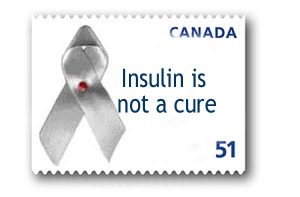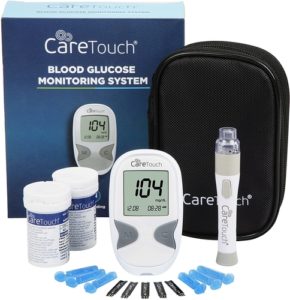These uncertain and unprecedented times have brought some concerns to the Canadian diabetes community, particularly with regard to diabetic supplies. The Canadian Pharmacists Association (CPhA) and Diabetes Canada have been actively monitoring the situation and have been in touch with manufacturers and governments who are committed to making sure that diabetic supplies are available to Canadians.
Information availed by manufacturers of diabetes-related drugs and devices shows there are no shortages related to the COVID-19 pandemic. Moreover, Food and Drug Regulations typically require governments and manufacturers to report whenever they are unable to meet the demand for any drug product.
 According to the CPhA, when insulin products are not available at a particular pharmacy, it is probably localized and temporary due to higher than expected demand for a drug product.
According to the CPhA, when insulin products are not available at a particular pharmacy, it is probably localized and temporary due to higher than expected demand for a drug product.
Patients and pharmacists are encouraged to maintain ongoing and open communications to ensure diabetes patients have undisrupted access to the diabetic supplies they require during these times.
Importance of access to Canadian diabetic supplies
If you are diabetic, you should have access to the right medication, supplies, and devices in a timely manner. Moreover, you should be able to access affordable treatment that allows you to achieve a good quality of life.
Access to Canadian diabetic supplies that best meet your specific needs helps reduce your risk of hospitalizations and complications. Evidence-based treatments should be availed through public plans for people who need them. Therefore, federal, territorial and provincial governments should ensure that the costs associated with diabetes medication, diabetes-related complications, and diabetes supplies are not a burden or barrier to managing the disease.
Determining your diabetic supplies coverage.
Federal, territorial and provincial governments are responsible for managing public diabetic drug benefits for various groups, based on eligibility.
Coverage eligibility
Eligibility criteria for public diabetic drug coverage are mainly based on factors such as income and age, among others. Coverage of diabetes medications, supplies, and devices is usually subject to co-payments and deductibles that are income-related.
 Each employer, territorial, provincial and private health plan has its own unique list of supplies, devices, and medications that it covers, known as a medications formulary chart.
Each employer, territorial, provincial and private health plan has its own unique list of supplies, devices, and medications that it covers, known as a medications formulary chart.
Patients and other interested parties should read the formulary to see the supplies covered by the NIHB (Non-Insured Health Benefits Program) as well as each territorial or provincial drug plan.
It is essential to keep in mind that your devices, supplies, and medications may not be fully covered by the plan, even for members of insurance plans (private or public). Contact your provider or simply check the details of the plan to understand the terms and conditions of the coverage.
Insulin pumps and supplies
Most territories and provinces have insulin pump programs. However, coverage and eligibility criteria vary.
Coverage denial
In case you are denied coverage for specific devices or drugs, review your plan for the terms and conditions that should be met. You can also consult your healthcare provider to determine your eligibility or alternative treatment options if coverage is not available.
When medications and supplies are not available in Canada
If the diabetes medications or supplies you need are not available in Canada, your healthcare provider can apply to the SAP (Special Access Program) on your behalf. In some cases, you may have to cover some costs out-of-pocket when using this program.
Coverage is uneven across Canada because decisions are made in each territory and province. As a result, each territory or province covers what it considers necessary, typically driven by its legislators and agenda.
For instance, what is covered in Quebec may not be covered in Ontario. On the other hand, health professional shortages in some areas have led to long wait times to see professionals. Therefore, diabetes self-management is extremely essential.
What about new diabetes technology?
New diabetes management technology comes slowly in Canada largely because manufacturers must overcome various challenges to get it approved. Both provincial and federal approvals are required, and labeling must be in English and French to comply with the country’s language legislation. The entire process can be daunting.
The availability of ‘new’ diabetes management technology in Canada has been lagging behind the United States. For instance, it hasn’t been until the recent past that insulin pumps have gradually become more common. However, their use is still far from the norm.
The use of CGMs (continuous glucose monitors) also lags behind partly because provincial plans have not yet included them in their covers. As a result, patients who want to use them pay out-of-pocket.
In the provinces and territories that don’t cover insulin pumps, some insurance companies pick up the tab for insulin pumps and other diabetic supplies.

